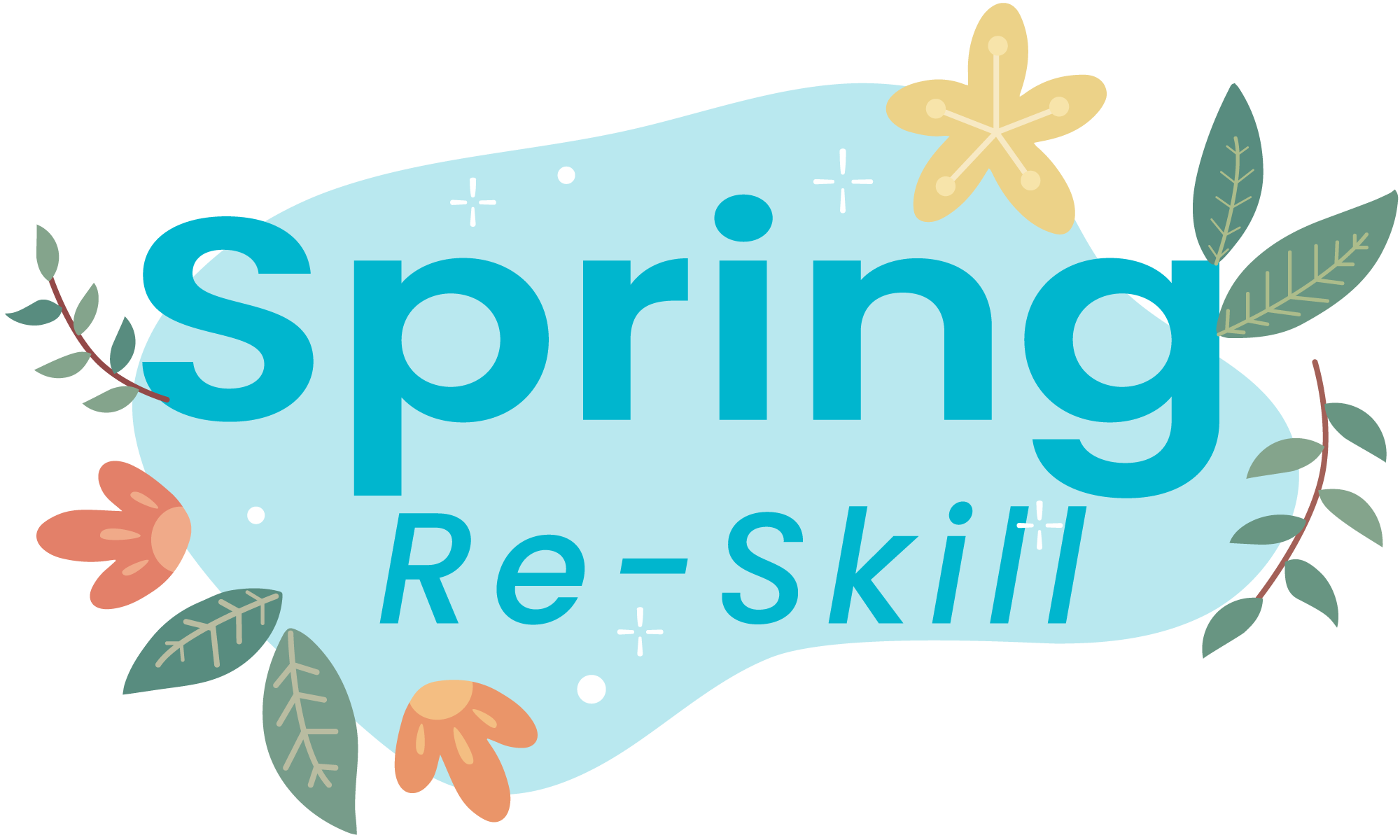- No products in the cart.
Learning in an Age of Technology
The education system in Australia finds its origins in 19th century England, having been imported here during the colonial times. Needless to say, it would never have been imagined that education and the way in which we learn, would be blending more and more with the internet and emerging technologies such as Virtual Reality (VR) and Augmented Reality (AR). Furthermore, the technology being used to assist those with some form of learning or physical disability to undertake an education has come forward in leaps and bounds. Technology has become embedded within society and so too within the learning environment.
Learning in augmented and virtual reality
Augmented Reality (AR) is a cost effective and valuable tool in the belt of those who work with all ages of learners. AR involves the use of an app which is installed on your device that superimposes a 3-D object over the real-world environment on your devices screen. This object can then be interacted with to provide learning experiences for students. AR apps can be used to teach things as simple as the alphabet in fun and interesting ways. From there they can be extended to more complicated topics such as human or animal anatomy, science subjects such as chemistry and physics, and even astronomy. As opposed to VR, AR is much cheaper to implement and requires no more than a smartphone to make available for lessons.
Virtual Reality involves the use of relatively expensive headsets and also a certain level of graphics processing capability. With that extra cost comes a far more immersive experience for students to be engaged in. It can also be used to host virtual classrooms with learners who are unable to attend an in-person session. Both AR and VR are excellent tools for involving those children who may have some sort of learning disability, as these tools can be adapted quite readily to these student’s particular needs. Virtual reality is also being used to take students on virtual excursions to places that would be otherwise inaccessible or unavailable for an in person visit.
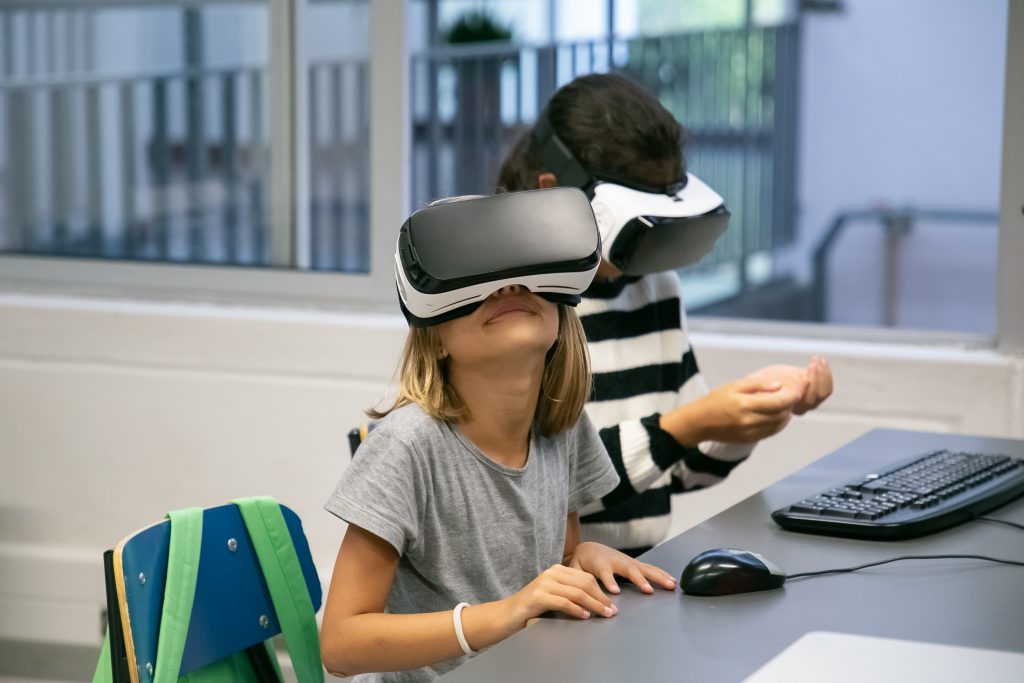
Learning in an online world
Following the enormous and complete shutdowns of schools during the pandemic, online learning has become a key part in education. What was treated perhaps as more of a luxury before covid hit, was abruptly brought to the forefront of the delivery of learning at all levels. Educators had to learn very quickly how to deliver their content online and it also made it difficult for those undertaking various forms of qualifications in education, as they too had to do their placements in online format. Online learning brought with it a renewed need to make use of learning management systems (LMS). An LMS is a piece of software used to store, deliver, and keep track of your course content. Additionally, online learning required educators to adapt their lesson plans and content to a completely different delivery medium and it has made them become more accustomed to making use of the online space for teaching. With online learning predicted to become a $319 billion dollar industry by 2025, it is certainly here to stay.
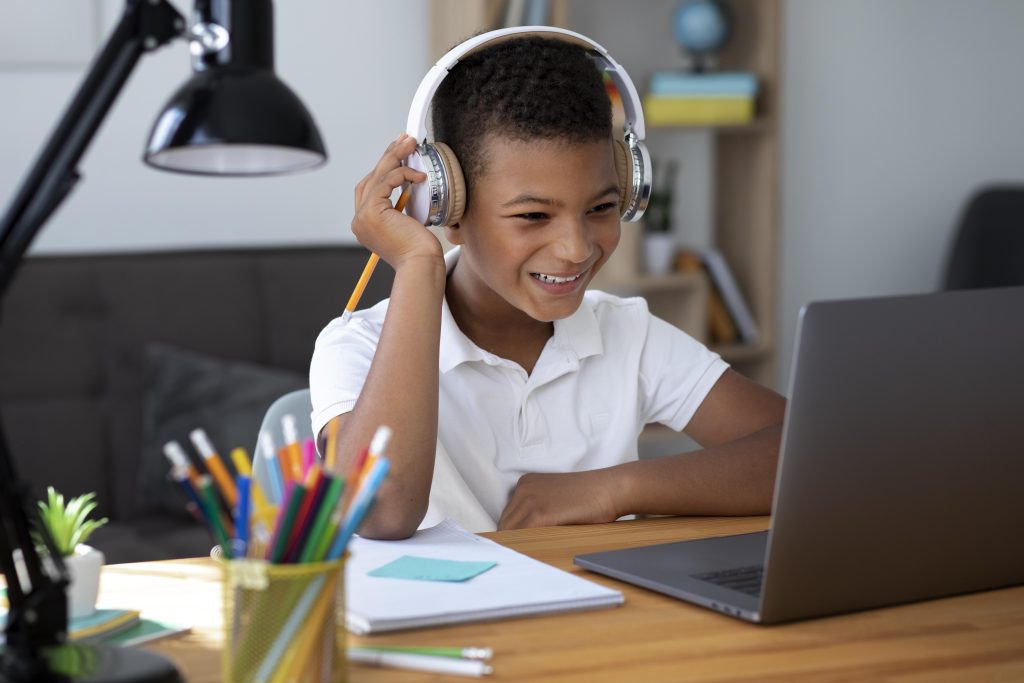
Learning disabilities and technology
There are many technology-based solutions to help students with a learning disability receive an education. These include various iterations of text-to-speech systems, which are useful for helping students who have autism, ADHD, or perhaps some form of intellectual disability. For learners with an auditory disability, multiple technologies exist which can enable their learning. In general, these are assistive listening systems that use a microphone, a form of transmission technology, and a sound capture device to bring the sound to the ear of the recipient.
FM systems use radio broadcast technology to enable a direct link between the student and the teacher. FM systems are normally used for students who have hearing loss resulting from damage to the nerves connecting the ears to the brain. This system can be turned off to allow the student to concentrate without having to constantly the teacher. Sound-field systems exist in classrooms where all children require some form of auditory assistance. Sound field systems use a microphone to send the sound out through a network of speakers which are situated throughout the classroom. While good for students with a hearing difficulty, sound-field systems are also useful for teaching English as a second language.
For students with mobility issues, a technology called sip-and-puff has been created and developed over the years. The sip-and-puff system allows individuals to control their computer or even wheelchair by moving a device in their mouth. The child uses a sip or a puff to interact with an onscreen menu, which then translates into an input. Proofreading software can provide assistance to students who suffer from dyslexia, helping to correct words and grammar commonly found to have errors associated with dyslexia. Children with dyscalculia have available to them software which helps them in learning mathematics. For example, maths simulations can be found which help a student with dyscalculia visualise a mathematical equation or problem. Keeping up to date with and making use of such technologies is vital in ensuring that less fortunate students are not left behind when it comes to the use of technology in education.
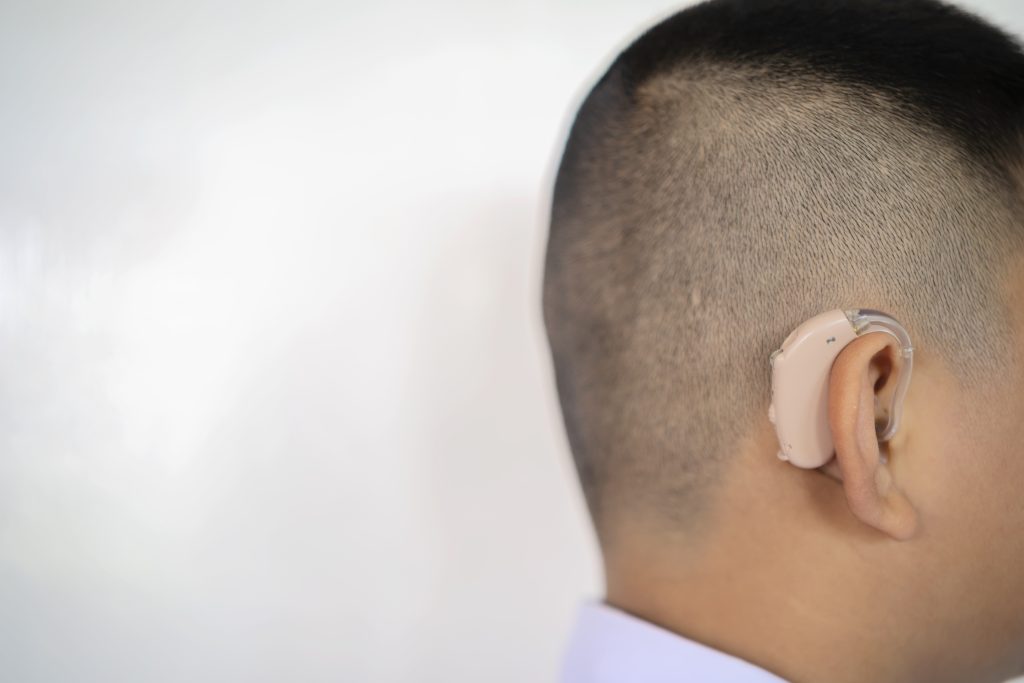
Tech disruption
Upheavals in any sort of industry never occur without causing negative affects to those involved and the meteoric rise of online learning and technology is no different. There continues to be debate around whether technology is utilised too much in the classroom. Some view it as nothing but a distraction for the children, while another more pertinent point is that those schools which are more well off will be able to take greater advantage of new advancements, further broadening the gap between students at those schools and those at less financially stable schools.
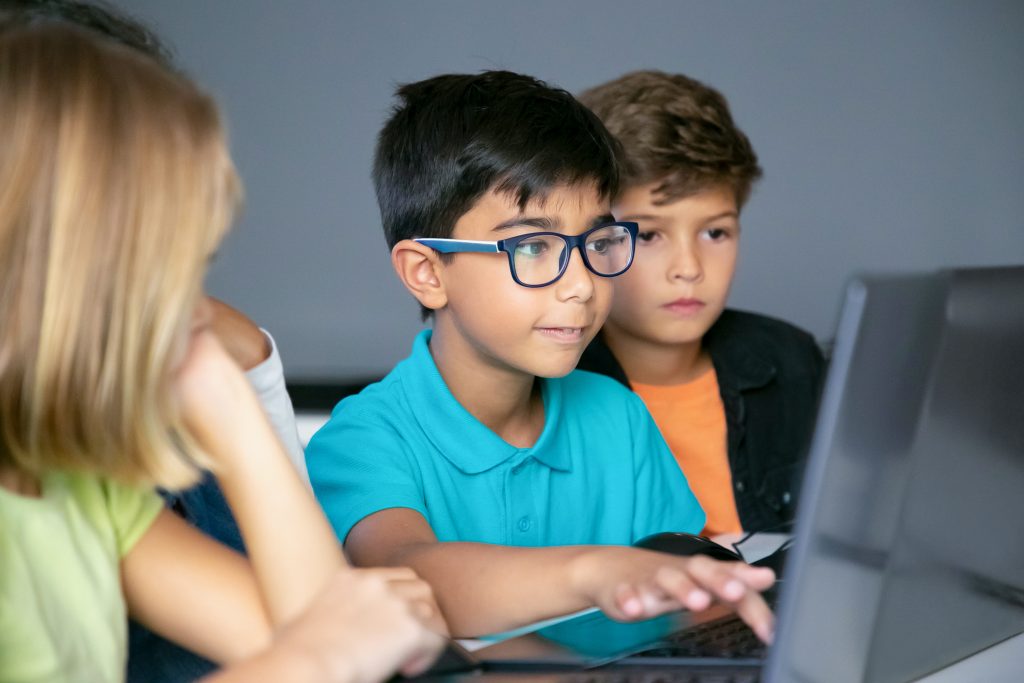
Soft skill drawbacks
The technology now used in education and the growing reliance on online learning, has also made it more difficult for students to learn “soft skills”. Soft skills include problem solving, critical thinking, public speaking, teamwork, digital literacy, leadership, and work ethic. These skills are important because they are necessary for whichever profession you might eventually become involved in and are considered just as highly as any formal qualification you may possess. Technology has made it difficult for soft skills to be learnt because students are spending less time in the physical classroom and spending time with their peers, with whom these skills are normally developed.

Conclusion
Technology and online learning are here to stay and for the most part that is certainly for the best. It gives a valuable boost to those who are not capable of reaching a place of learning. The various technologies available for students with a learning or physical disability that impedes their learning allows them to break down these barriers and to experience a much-improved quality of life. Debate will carry on around the various points of conjecture, but this can only be a good thing for further developments and chances to change and improve upon the way we as a society learn.
QUICK ENQUIRY
REQUEST A CALL BACK!
FROM OUR STAFF
Fill in the form with your information,
we will be in contact with you shortly!
[stm_sign_up_now form=”555″ title=”Request Now” css=”.vc_custom_1520401314013{margin-bottom: 30px !important;}”]
